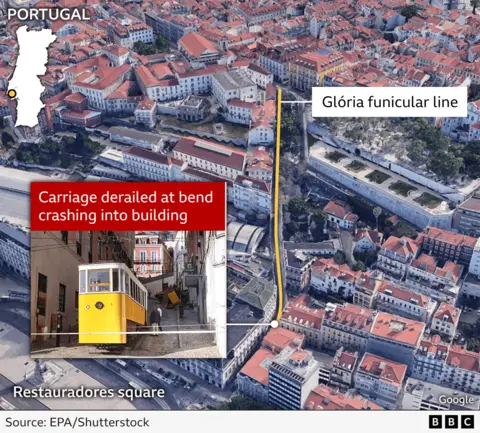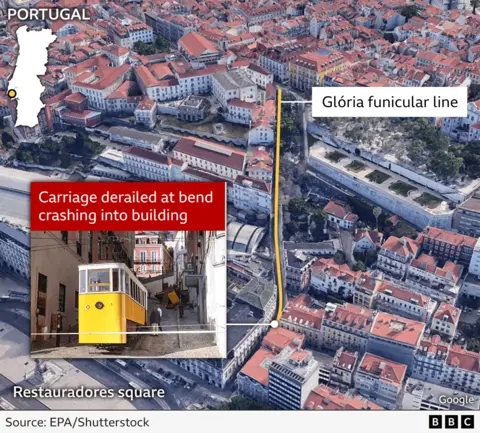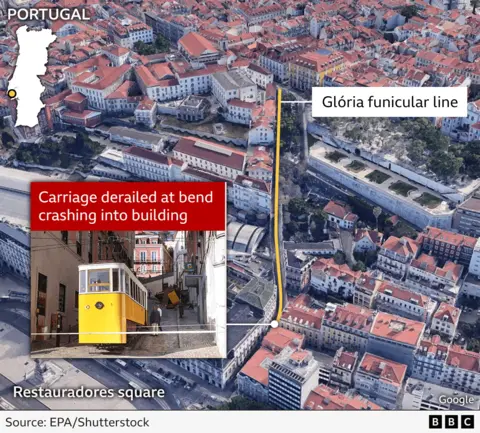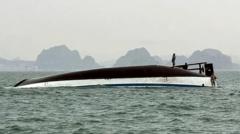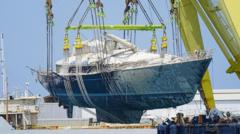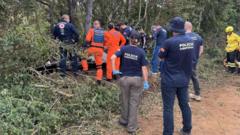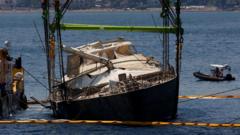The luxury yacht Bayesian, which tragically sank last year off the coast of Sicily, has been scrutinized in a new report that details the events leading to the disaster. The investigation suggests that the vessel’s towering single mast played a significant role in its instability during extreme weather conditions, leading to its swift capsizing.
When a storm hit, a junior deckhand failed to alert the captain in a timely manner, opting instead to document the squall on social media. This lapse meant that the crew had mere minutes to respond once the captain was finally roused. In a rapid sequence of events, the yacht was overwhelmed by powerful gusts that damaged a protective awning and caused it to tilt dangerously.
Captain Andrew Moll, the chief maritime investigator, stated, “The extreme wind experienced by Bayesian was sufficient to knock the yacht over,” noting that once the yacht heeled beyond 70 degrees, it was beyond the point of recovery.
Critically, the report emphasizes that the yacht’s design—specifically its tall mast—made it more susceptible to such incidents, with all similar models from its Italian manufacturer featuring a more stable two-mast configuration. While the manufacturer had previously claimed the yacht was inherently “unsinkable” under proper operation, questions remain regarding the design’s overall seaworthiness.
Experts reviewing the findings have raised concerns not only about the mast but also about the boat’s ballast and structural support, suggesting that these factors significantly compromised the yacht's safety in adverse conditions.
When a storm hit, a junior deckhand failed to alert the captain in a timely manner, opting instead to document the squall on social media. This lapse meant that the crew had mere minutes to respond once the captain was finally roused. In a rapid sequence of events, the yacht was overwhelmed by powerful gusts that damaged a protective awning and caused it to tilt dangerously.
Captain Andrew Moll, the chief maritime investigator, stated, “The extreme wind experienced by Bayesian was sufficient to knock the yacht over,” noting that once the yacht heeled beyond 70 degrees, it was beyond the point of recovery.
Critically, the report emphasizes that the yacht’s design—specifically its tall mast—made it more susceptible to such incidents, with all similar models from its Italian manufacturer featuring a more stable two-mast configuration. While the manufacturer had previously claimed the yacht was inherently “unsinkable” under proper operation, questions remain regarding the design’s overall seaworthiness.
Experts reviewing the findings have raised concerns not only about the mast but also about the boat’s ballast and structural support, suggesting that these factors significantly compromised the yacht's safety in adverse conditions.



